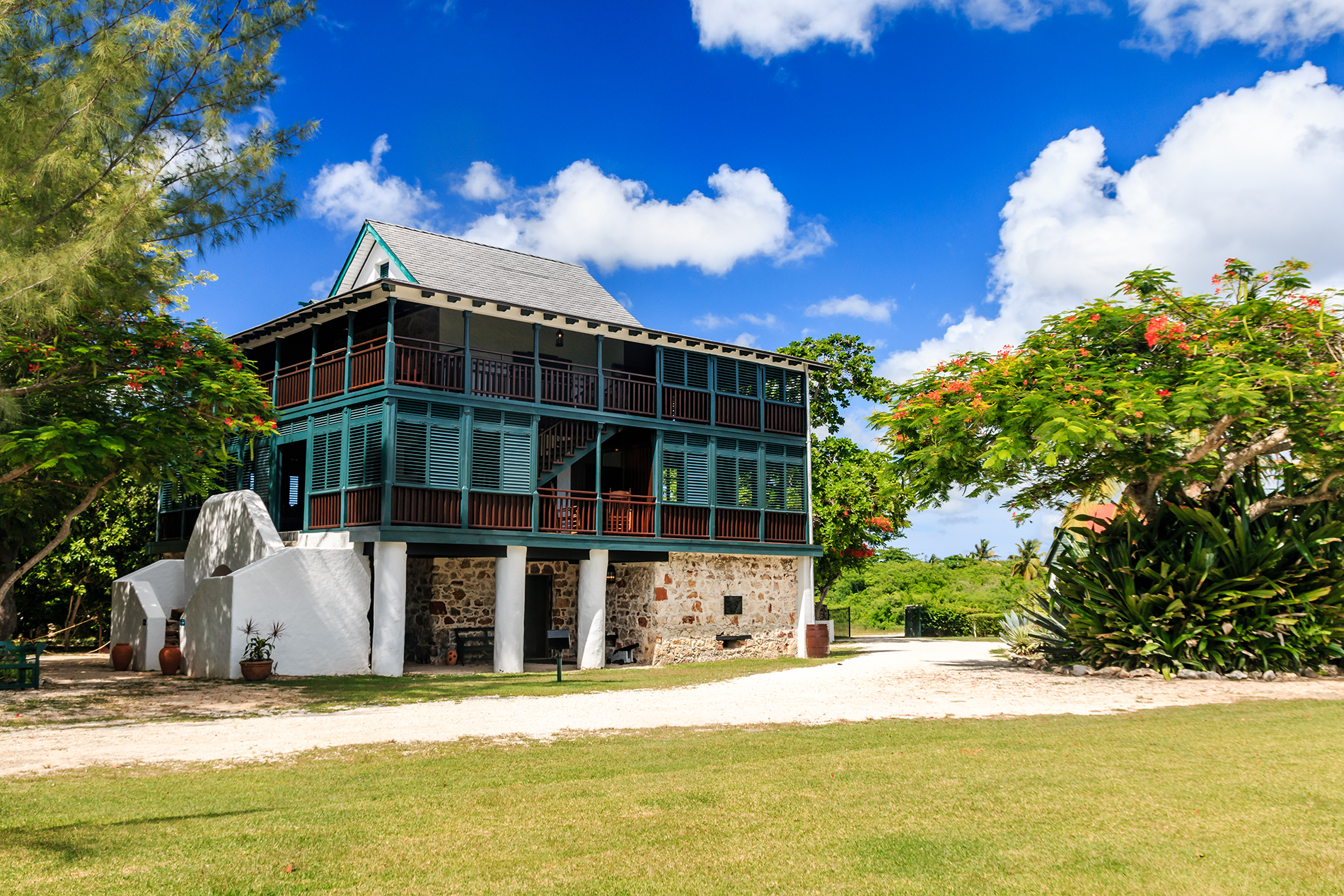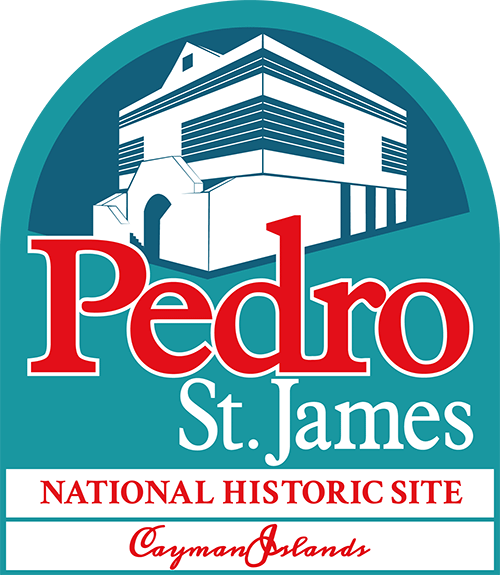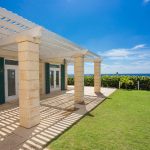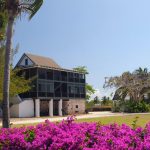
History of Pedro St. James
Towering three stories and sporting stone walls 18 inches thick, the Great House at Pedro Point dwarfed the surrounding single-level “wattle-and-daub” dwellings that were its neighbors in 1780.
It’s massive size was accentuated by sweeping verandahs, large shuttered windows, and slate imported from England to fashion the roof and floors.
The elaborate construction made this Great House the Caymanian equivalent of a European castle, and the term Pedro “Castle” is used by local residents to this day.
 In the late 18th century, the population of the Cayman Islands was approximately 500 people and Grand Cayman was little more than an undeveloped fishing village. With the use of slave labour, it was an Englishman named William Eden who built the expansive Great House and farmed the adjoining land as a plantation.
In the late 18th century, the population of the Cayman Islands was approximately 500 people and Grand Cayman was little more than an undeveloped fishing village. With the use of slave labour, it was an Englishman named William Eden who built the expansive Great House and farmed the adjoining land as a plantation.
Since its construction more than two centuries ago, Pedro St. James has been put to a variety of uses, including a courthouse, jail, Government Assembly and restaurant. Surviving hurricanes, fires, vandalism, and rumours of being jinxed, it stands today, in its restored state, as a dynamic piece of Caymanian heritage.
Perhaps best known as the “Birthplace of Democracy in the Cayman Islands”, Pedro St. James was the venue for a meeting on 5 December 1831 where the decision was made to form the first elected parliament. Later, on 3 May 1835, Robert Thompson, sent from the Governor of Jamaica, held court at Pedro St. James to issue the proclamation ending slavery in the British Empire.
Over the ensuing years, the building has been buffeted by hurricanes, struck by lightening, and engulfed by fire. The “Castle” was abandoned by the Eden family in 1877 after lightening struck the main building killing the daughter of the house, Mary Jane. Unused, it ultimately fell into decay, and by 1910 it was reported that only the original stone walls remained. The building was renovated by the Hurlston family in 1914, but was then abandoned again in 1920.
In 1959, a portion of the property was purchased by Thomas Hubbell who renovated the “Castle” and lived there until 1963. It was operated as a restaurant and hotel from 1967 until it fell victim to a severe fire in 1970. It was repaired and again operated as a restaurant from 1974 until the late 1980s when it was damaged by a hurricane and another fire. In 1989, the restaurant operation went bankrupt and the “Castle” again sat vacant.
Finally, in 1991, the property was purchased by the Cayman Islands Government for development as an historic site, and the Canadian firm of Commonwealth Historic Resource Management Limited was retained to develop a restoration and interpretation plan for the site. That work concluded in 1996 at a cost of approximately $8 million and produce the historic site that exists today.
View Our Gallery






